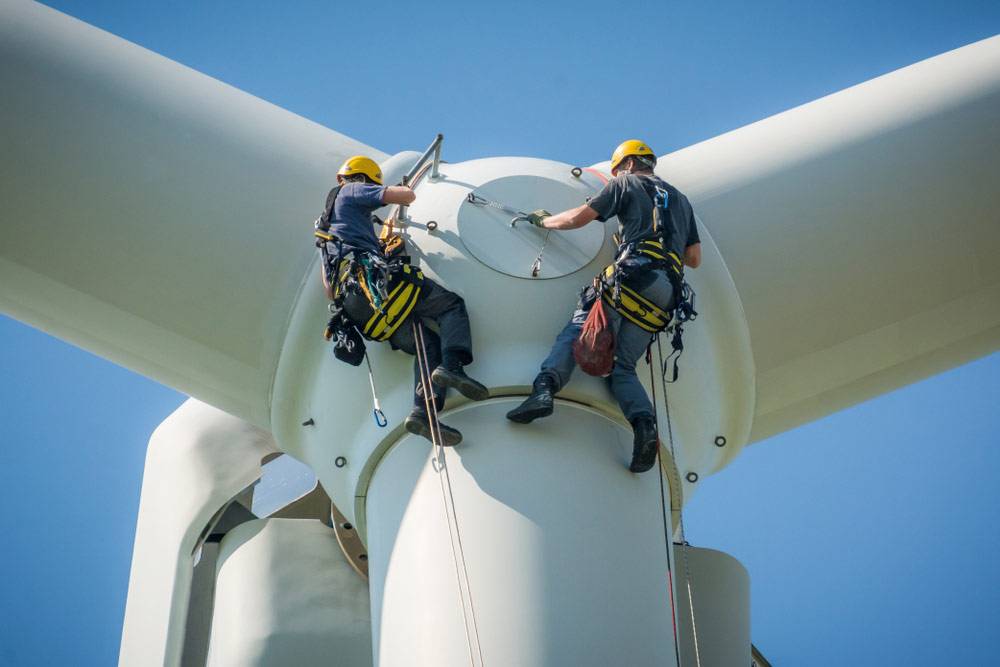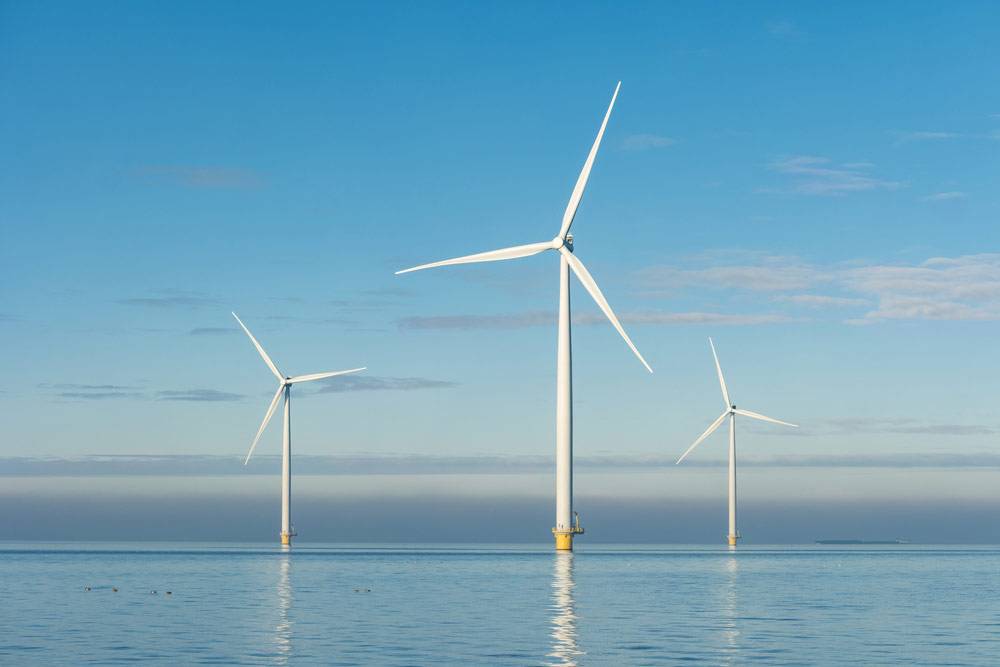Construction of Wind Farms – How Such Projects Are Carried Out

Wind farm projects are still very popular in Poland. Their development is accelerated by the growing popularity of obtaining energy from renewable sources and the currently pending liberalization of the “distance law”. Currently, wind power plants operate in over 400 municipalities, and the annual revenue to their budgets is estimated at over PLN 720 million. One of the leading wind farms in Poland – Margonin Wind Farm (Wielkopolskie Voivodeship) has a capacity of 120 MW and enables the functioning of about 90 thousand households.
Where to start the whole investment process and how does the design and construction of wind farms look like?
Wind energy – where to start?
The renewable energy market continues to grow. Existing wind farms in Poland are paving the way for new investors. Careful analysis of the situation in the initial stages of the decision-making process helps to minimize the risk of the entire investment. Where to start building a wind power plant in Poland?
Wind measurements – the cornerstone of a wind farm
Wind measurements take on average 1-2 years to complete. Equipment that continuously measures wind strength determines the suitability of an area for potential wind energy. At this stage, an energy efficiency analysis of the selected site is also performed (at various heights to determine the optimal tower height for a single wind turbine) and a site analysis for the 10H rule (discussed below).
Distance Law – exposed to the wind?
The Law of May 20, 2016 (commonly referred to as the “Distance Law“) concerning wind power investments defined the location of a wind power plant, which may not be built within 10 times the height of the turbine (including raised blades) from buildings with residential functions, nature conservation forms and forest complexes. In practice, the fulfilment of this condition has significantly reduced the area of land provided for the location of wind farms. The 10H rule has resulted in the stoppage of many projects that did not have a final building permit at the time of the introduction of the Act. It was not until May 2021 that the legislative process to amend the above-mentioned Act began, aimed at liberalizing the rule.
Location and size of the wind power plant
This stage is also the time to start discussions with potential stakeholders (energy companies, municipalities, landowners). The site selection and approval process are a complex procedure during which various spatial and environmental factors in planning and zoning and environmental laws are analysed.
In addition to issues related to local conditions (land use, environmental protection), add to this:
– technical aspects: the aforementioned wind measurements, power and turbine height depending on the terrain, among other things. Coastal areas are the best location in Poland due to the constant presence of wind.
– acquiring land for the future location of the project. The form of land ownership for a future investment of this type is mainly based on a long-term lease.
Initial investment preparation time is estimated to be 3-5 years.

Discussions with design stage companies – wind farm construction permit
Closing the initial findings stage allows discussions to begin on analysis, feasibility studies, etc. Contracts with design companies (for example, Eltel Networks Engineering SA, formerly Energoprojekt-Krakow SA) are being concluded at this moment. This is also the time to apply to power concerns (PSE, Tauron, Energa, Enea, PGE) for connection conditions. Without this, you cannot get a permit to build a wind farm. This stage ends with commissioning a design company to do any study works and development of a construction project, and obtaining a construction permit (which expires after 3 years if the construction of the wind farm has not started).
Obtaining the final (valid) building permit decision means that most of the intermediate stages are already closed, including those considered most critical, i.e., detailed discussions on terrain (right-of-way) and feasibility study.
Feasibility study – one of the key stages of wind power plant design process in Poland. The project feasibility study evaluates and analyses the potential of the project in the Polish reality. It is a rational identification of strengths, weaknesses, and opportunities for investment success that supports the decision-making process.
More information on formal stages of wind farm construction can be found on the website of the Energy Regulatory Office (where, among others, the rules of support for electricity generators are specified).
Work on the detailed design and start of construction works
The last project stage, closing the process of wind farm development, is the start of construction works. In most cases, these are turnkey projects, which means that the contractor, in addition to construction and assembly works, is responsible for preparing the appropriate executive documentation based on the construction design received from the client.
At this stage, detailed multi-branch executive designs are developed for the power infrastructure, road infrastructure, tower foundations, along with other necessary agreements.
All construction and installation works are carried out based on agreed documentation. The duration of the wind farm construction depends on several important elements, including the time of delivery of the turbines, construction of foundations, preparation of suitable access roads, infrastructure for reception of the turbines and connection to the power grid (Eltel Networks).
Eltel Networks projects include creation of power infrastructure for the largest energy producers in Poland. Contact us!
Are wind farms harmful?
There are many myths surrounding the process of setting up wind farms in Poland. Is it right?
One commonly repeated opinion is that it is harmful to stay and live near wind farms. In 2013, Statistics Canada studied the potential harm to humans from a number of factors associated with the presence of a wind farm (distances, topography, weather, etc.). Their data were again analysed by researchers at the American Institute of Physics. This time, they mainly studied how distance from a wind farm affects health and well-being. It turned out that their presence has a real impact on the health of people living nearby only in terms of noise emitted by wind turbines. No other correlations were found.
***
Wind power plant projects in Poland are time-consuming, complicated projects, which require large financial outlays. The cost of building a wind farm in Poland depends on a number of environmental and legal factors, but given the new opportunities offered by the liberalization of the law regarding construction of new wind farms, the future looks optimistic. The trend toward renewable energy is gaining momentum, and the share of coal (and other fossil fuels) in power generation will continue to decline. The development directions adopted by the Ministry of Climate and Environment concerning Poland’s Energy Policy until 2040 (PEP 2040) assume a significant increase in the share of RES in gross final energy consumption in all sectors to at least 23% by 2030.
Autor: Jarosław Pietrucin